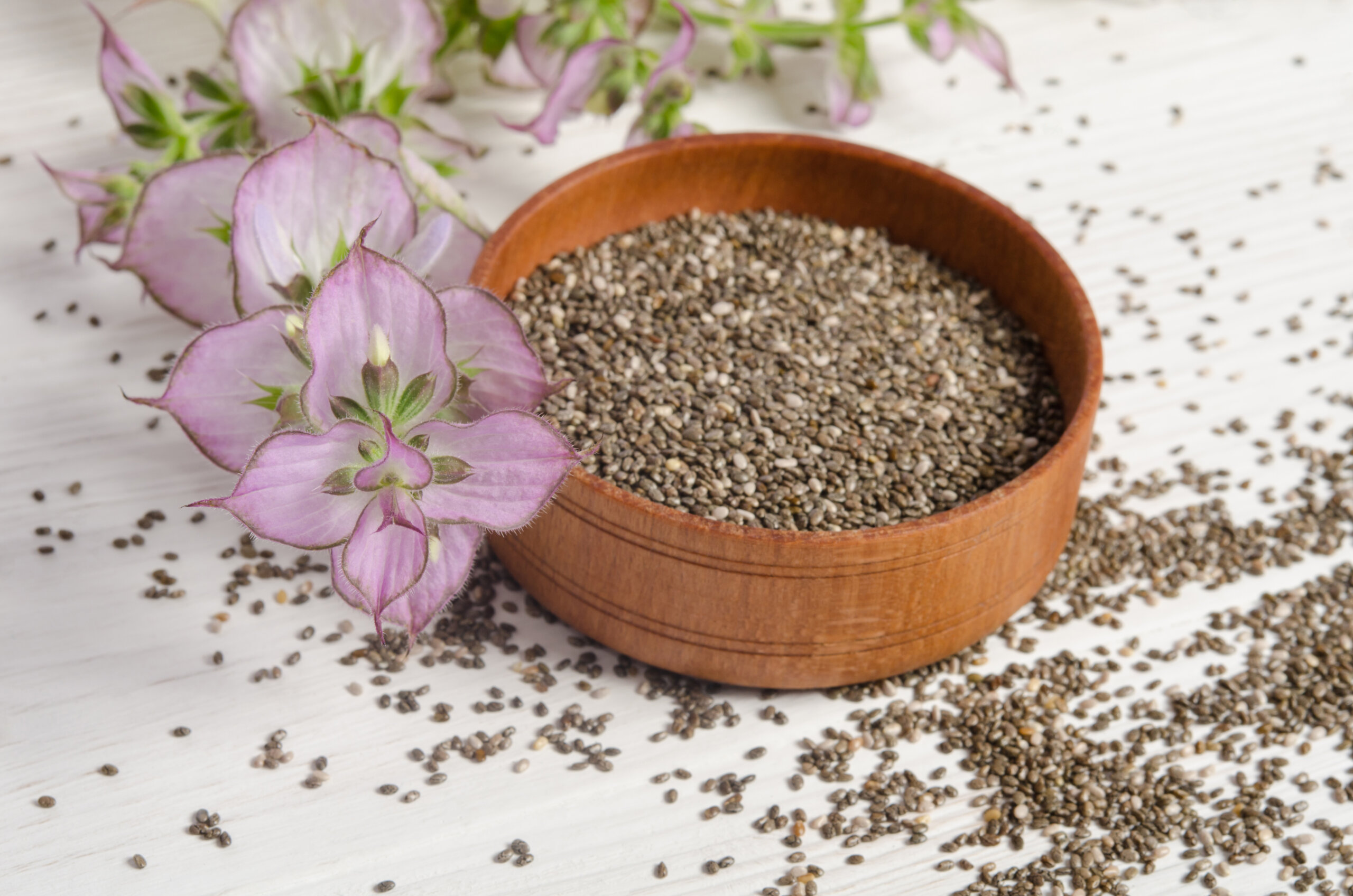 Chia Seed Production
Chia Seed Production
The production of chia seed only develops in certain areas of the globe due to consumers’ lack of knowledge on its health benefits and the climate it grows on. North America tops the largest share of the chia seeds market, followed by Europe and Asia Pacific markets.
The Covid-19 pandemic remarkably affects the export volume of the products, which led to a global market drop during the first half of the year. Although there is a significant market decline, the pandemic gives light to chia seed producers to double their forecast production. The demand for healthier foods increases, along with the awareness of its benefits spread worldwide aids in the growth of chia seeds in the market.
In North America, though, Mexico is the top producer of chia seeds in the region. In 2018 alone, Mexico produced 2,893.4 metric tons of chia seeds. The United States and Canada are also increasing their demands and opportunities to get market players in the chia seeds market worldwide. South America is also one of the major regions with a high volume of supplies, especially from Argentina, Bolivia, Paraguay, and Peru.
Even though Europe does not produce chia seeds, the demand for the commodity is high in the region for its various applications. The highest imports of chia seeds in Europe are mainly from Australia and Latin America, with few imports from African countries like Kenya, Tanzania, and Uganda. Upon the introduction of chia seeds in Europe in 2009, the imports have increased from 3.4 thousand tons to 19.2 thousand tons in 2013 through 2017, respectively.
A drop of 17.4 thousand tons in 2019 was due to the build-up stocks in the previous years, along with the strains of outsourcing chia seeds due to the agricultural condition in South America. Regardless of the decrease in import volume, Europe has always had an exceptional food innovation. Hence, the chia seeds market can still be seen in various food and drink applications.
Chia Seed Consumption
Chia seeds are moderately high in magnesium, calcium, and potassium, that aids in the digestion process, energy boosters, and blood sugar stabilizer. It is practically used in bakery products, peanut butter, cereals, muesli bars, and energy drinks. Chia seeds are not only segmented as food products but can also be categorized as oil products, ground chia, whole chia seeds, and chia bran.
Health-conscious consumers are slowly familiarizing the health benefits of chia seeds, and this leads to higher market growth in the next five years worldwide. Currently, the countries with the highest requirement of chia seeds are Australia and the United States. In recent years though, Brazil, Chile, United Kingdom, and Spain’s demands for chia seeds and chia-based products are gradually increasing due to their gluten-free properties, high protein content, iron, antioxidants, and omega-3 fatty acid.
Chia Seeds Projections and Trade Analysis
Regardless of the effects of the pandemic globally, chia seeds have been estimated to reach USD 739.1M last year. It is further forecasted to reach 34.4% CAGR (Compound Annual Growth Rate) for 2021 – 2027 with a market value of USD 9.3 BN towards the end of 2027. The demands from nutraceutical industries and consumers’ diverse applications help the growth of the chia seeds market globally.
Americas
The Americas tops the chia seeds market with 78% of production globally. The demands of chia seeds in the American market are brought by the vegan food requirements, community lifestyle, health awareness, and shifting of junk foods to healthy snacks.
Reports show that the Americas are exporting chia seeds at a value of USD 50 billion a year, a figure which is increasing year after year. America’s main producers of chia seeds are Argentina, Bolivia, Ecuador, Guatemala, Mexico, Nicaragua, and Paraguay. The export market of chia seeds is now increasing worldwide, which includes Australia, Malaysia, Singapore, Canada, and the Philippines.
North America has the highest volume of market sales in chia seeds and is projected to reach around 50,000 MT by the end of 2027. The projection is based on the demand for organic food with high nutrient values during the past few years. However, some restrictions are curbing the rise of demands for chia seeds in North America, thereby pushing consumers to prefer substitutes like pumpkin seeds, hemp seeds, flax seeds, and sunflower seeds.
During the past year, the United States exported a value of over USD 14M to only three of its top export destinations. It exported USD 12.75M to Canada, USD 1.11M to Australia, and USD 325.38 thousand in China, followed by Taiwan, Germany, South Korea, and Israel.
Europe
The market leader is followed by Europe, being the key importer of the commodity with the highest volume of 16,182 tons at a valued rate of USD 31M in 2016. The major importers of chia seeds in the region are Germany, Netherlands, and Spain. The import volume is also now increasing in the United Kingdom, Italy, Denmark, Austria, Poland, and France. Whereas the key suppliers are Argentina, Bolivia, Mexico, Paraguay, and Peru. Paraguay is leading as the direct supplier of Germany with a market share of 35%, while Bolivia, Mexico, and Uganda regularly supply between 1.1 to 1.2 thousand tons of chia seeds to the region. Although the restricted use of chia seeds in industrial applications is slowing the growth of chia seeds in the market, the demand for protein alternatives for healthy lifestyles aids in the progressive growth of the commodity in the market.
If Germany is the main consumption market, Netherlands, on the other hand, is the trade hub of the European region. It is the best place to establish a distribution port or warehouse. Next to Germany, the Netherlands is the region’s second-largest importer of chia seeds. The import volume in 2019 alone reached 4.3 thousand tons, with over a thousand tons from Chile and Bolivia. Whereas, Paraguay imported around 1.7 thousand tons and 1.2 thousand tons from Mexico.


